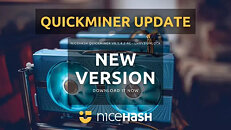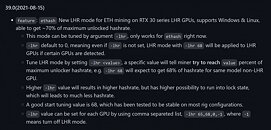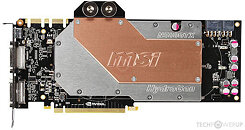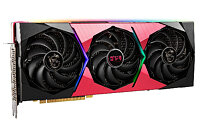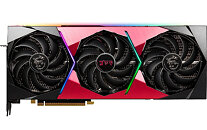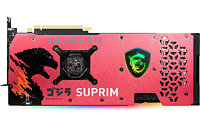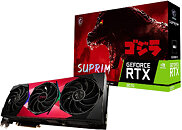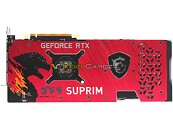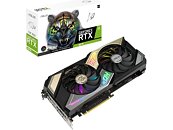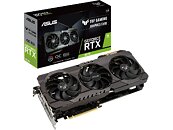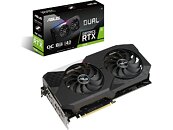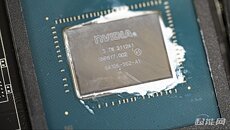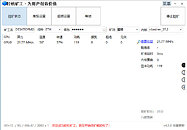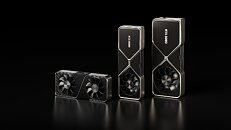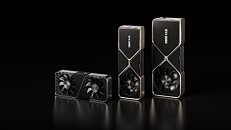
Oddball MSI GeForce RTX 3080 with 20GB (320-bit) Memory Sells in China for Under $600
With NVIDIA cracking the whip on the supply chain to pave the way for the next-generation RTX 40-series, we're seeing some very oddball graphics card hit the market as official/retail products. One such card in China is the MSI GeForce RTX 3080 Ventus 3X with 20 GB of memory. The card is neither based on the GA102-200 ASIC powering the original RTX 3080 with 10 GB of memory, nor is it based on the GA102-220 powering the RTX 3080 12 GB, but rather the "GA102-250," or at least the board description sticker says so. The card features 20 GB of memory across a 320-bit wid memory bus. Its core-config remains unknown.
The SKU positioned above the RTX 3080 12 GB, the RTX 3080 Ti, is powered by the GA102-225. VideoCardz discovered that the card lacks the LHR hardware-limitation for blockchain hashrates, which could be evidence that MSI had a special stock of graphics cards that it was directly selling to miners even while LHR-enabled cards were being pushed to the retail market. The card yields a hash-rate of 97.48 MH/s in the ETHASH test, proving the lack of the LHR block. The card also features display connectors. The leaker behind pictures of this card says that there may be as many as a 100 of these cards in circulation, priced around RMB 3xxx (USD $432 to $600).
The SKU positioned above the RTX 3080 12 GB, the RTX 3080 Ti, is powered by the GA102-225. VideoCardz discovered that the card lacks the LHR hardware-limitation for blockchain hashrates, which could be evidence that MSI had a special stock of graphics cards that it was directly selling to miners even while LHR-enabled cards were being pushed to the retail market. The card yields a hash-rate of 97.48 MH/s in the ETHASH test, proving the lack of the LHR block. The card also features display connectors. The leaker behind pictures of this card says that there may be as many as a 100 of these cards in circulation, priced around RMB 3xxx (USD $432 to $600).





